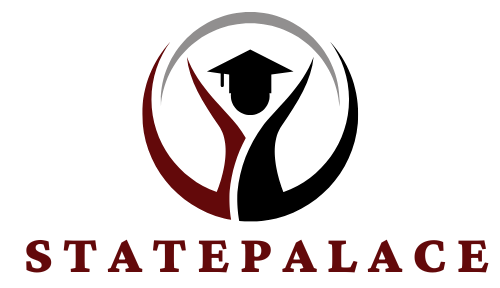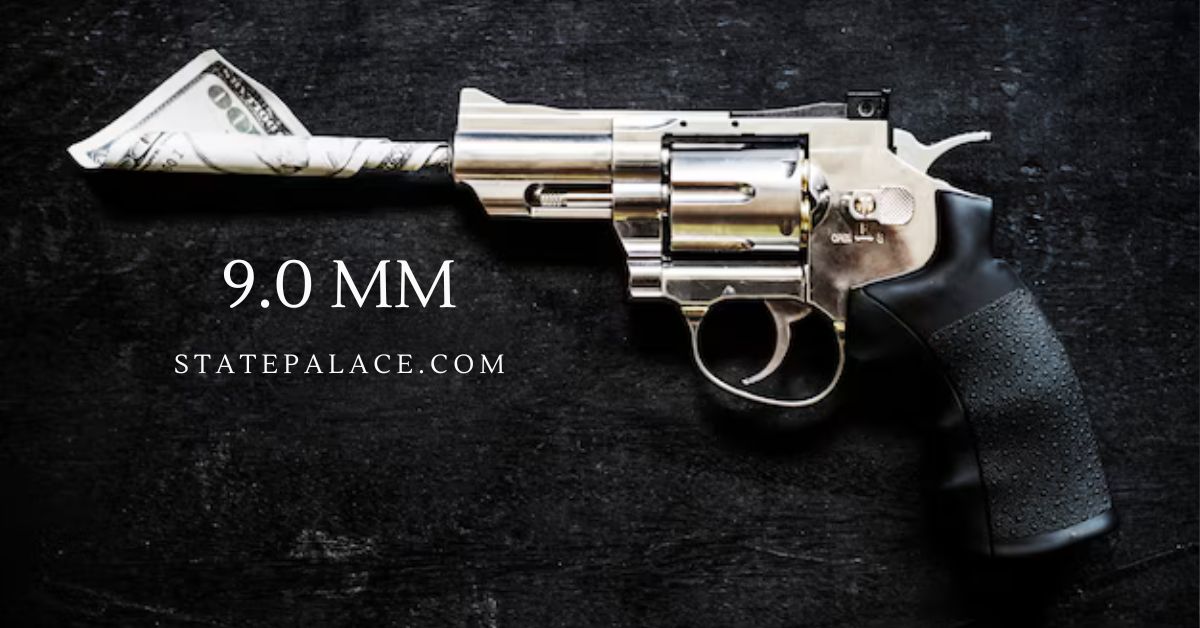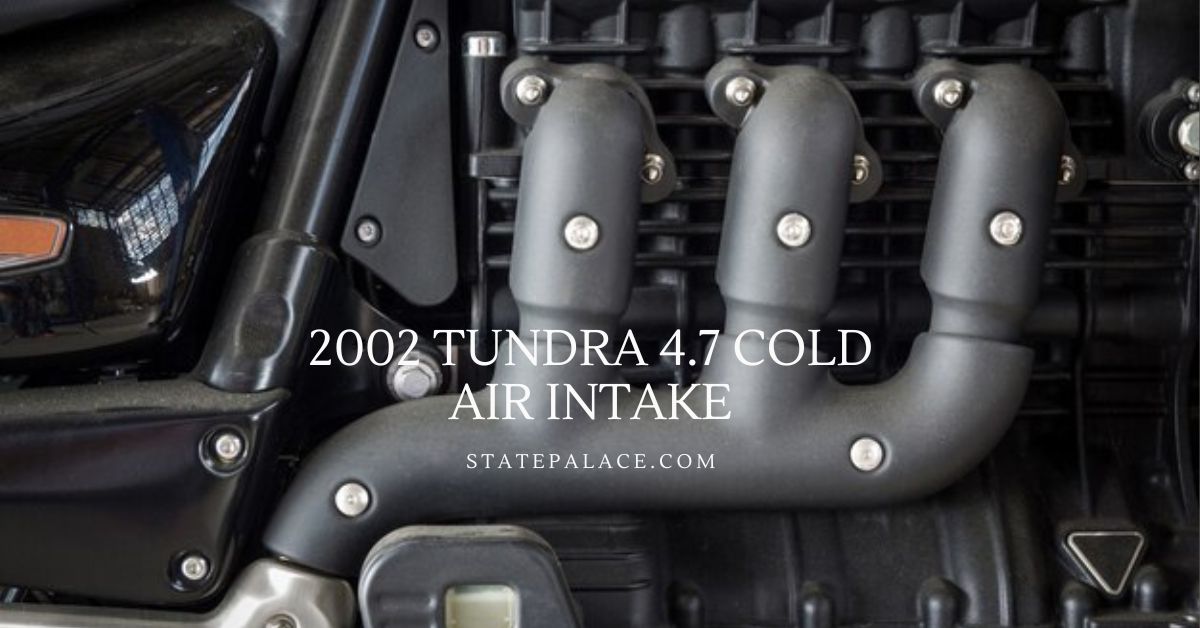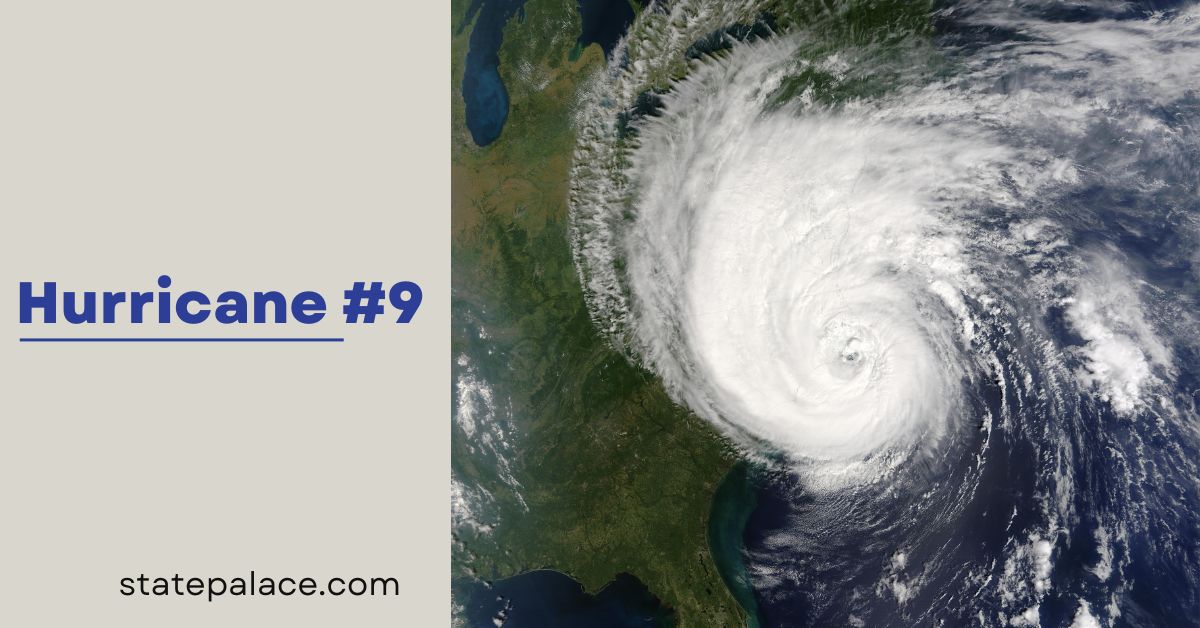Contents
- 1 What Is Condish Healthy Hair Therapy?
- 2 Benefits of Regular Conditioning
- 3 Types of Conditioning Treatments
- 4 Choosing the Right Conditioner for Your Hair Type
- 5 Essential Steps in Condish Healthy Hair Therapy
- 6 Deep Conditioning for Intense Hydration
- 7 Using Hair Masks in Your Routine
- 8 Scalp Care: The Foundation of Healthy Hair
- 9 Importance of Moisture Balance
- 10 Heat Protection: A Must-Have in Hair Care
- 11 Reducing Breakage and Split Ends
- 12 The Role of Diet in Hair Health
- 13 Natural Oils for Hair Therapy
- 14 Avoiding Common Hair Care Mistakes
- 15 Consistency Is Key for Lasting Results
- 16 FAQs
Healthy hair is often a reflection of overall wellness, lifestyle, and the care routine we choose. But with constant exposure to styling tools, environmental pollution, and chemical products, hair health can easily be compromised. “Condish Healthy Hair Therapy” has emerged as an essential approach for those looking to nourish, repair, and rejuvenate their hair naturally. This article explores the methods and benefits of healthy hair therapy to restore strength, shine, and manageability.
What Is Condish Healthy Hair Therapy?
Condish Healthy Hair Therapy combines deep conditioning treatments with restorative hair care practices, specifically aimed at healing, protecting, and nourishing hair. It’s a holistic approach, promoting scalp health, moisture retention, and breakage reduction. By using high-quality conditioning products and proper techniques, this therapy can enhance your hair’s overall resilience.
Benefits of Regular Conditioning
Conditioning is crucial for maintaining hair’s natural oils, reducing frizz, and protecting against damage. Regular conditioning can:
Improve Hair Texture – Conditioned hair feels smoother and softer.
Boost Hair Elasticity – Helps in preventing breakage and split ends.
Protect Against Environmental Damage – Forms a barrier against pollutants.
Types of Conditioning Treatments
There are various types of conditioning treatments, each serving a unique purpose. Knowing which one suits your needs can make a big difference.
Leave-in Conditioners – Ideal for everyday moisture and detangling.
Deep Conditioners – Penetrate deeper layers of the hair for intense repair.
Protein Conditioners – Rebuild and strengthen hair structure, especially helpful for chemically-treated hair.
Choosing the Right Conditioner for Your Hair Type
Each hair type has distinct needs, and picking the right conditioner can enhance the benefits of your therapy.
- For Oily Hair: Opt for lightweight, non-greasy formulas that hydrate without adding weight.
- For Dry Hair: Deep conditioners with nourishing oils and butters work best.
- For Curly or Coarse Hair: Rich, creamy conditioners provide essential moisture and help define curls.
Essential Steps in Condish Healthy Hair Therapy
Implementing a few essential steps can maximize the impact of this hair therapy.
- Pre-Wash Oil Treatment – Pre-conditioning with oils like coconut or argan oil preps the hair for washing.
- Gentle Cleansing – Use sulfate-free shampoos to avoid stripping natural oils.
- Regular Conditioning – Apply conditioner from mid-length to ends to prevent greasiness at the scalp.
Deep Conditioning for Intense Hydration
Deep conditioning is at the heart of any healthy hair routine. Applying a thick, nourishing conditioner once a week can restore moisture, especially in dry, damaged hair.
- Apply Evenly – Distribute the conditioner evenly, focusing on the ends.
- Use Heat – Heat opens up hair cuticles, allowing for better product absorption.
- Rinse Thoroughly – Rinsing out the conditioner thoroughly ensures no residue buildup.
Using Hair Masks in Your Routine
Hair masks are an additional step that can boost the results of your conditioning routine. These products are rich in oils, vitamins, and proteins, offering extra nourishment.
- Weekly Mask Treatment – Use a mask weekly for added hydration and strength.
- Target Specific Hair Concerns – Choose masks with ingredients that address specific needs, like keratin for strength or biotin for growth.
Scalp Care: The Foundation of Healthy Hair
Healthy hair starts with a healthy scalp. Scalp care involves cleansing, exfoliating, and moisturizing to create an optimal environment for hair growth.
- Scalp Massage – Increases blood circulation, promoting hair growth.
- Exfoliating Scrubs – Remove dead skin cells and product buildup.
- Moisturizing Scalp Oils – Use lightweight oils that nourish the scalp without clogging pores.
Importance of Moisture Balance
Achieving a balance between moisture and protein is crucial. Over-conditioning can make hair limp, while too much protein can cause brittleness.
- Listen to Your Hair – Notice signs like frizz (lack of moisture) or split ends (lack of protein).
- Alternate Products – Alternate between moisturizing and protein-rich products to maintain balance.
Heat Protection: A Must-Have in Hair Care
Heat styling can damage hair if not done correctly. Using a heat protectant before styling is essential.
- Apply Before Styling – Heat protectants form a barrier, reducing heat damage.
- Use Low Heat – Adjust styling tools to the lowest heat setting needed to achieve the desired style.
Reducing Breakage and Split Ends
Preventing breakage is a major focus of healthy hair therapy. Some steps include:
- Detangle Gently – Use a wide-tooth comb or a detangling brush to minimize pulling.
- Trim Regularly – Frequent trims prevent split ends from worsening.
The Role of Diet in Hair Health
Your diet significantly influences hair health. Nutrients like biotin, omega-3 fatty acids, and vitamins A and E support growth and prevent hair loss.
- Protein-Rich Foods – Meat, fish, and nuts provide the building blocks for hair.
- Hydrating Foods – Fresh fruits and vegetables help in moisture retention.
Natural Oils for Hair Therapy
Natural oils are integral to Condish Healthy Hair Therapy, offering nourishment and shine without chemicals.
- Coconut Oil – Adds moisture and reduces protein loss.
- Argan Oil – Protects against heat and adds luster.
- Olive Oil – Softens hair and reduces dandruff.
Avoiding Common Hair Care Mistakes
Many people unknowingly damage their hair by making a few common mistakes:
- Overwashing – Can strip the scalp of essential oils.
- Skipping Conditioner – Leads to dry, frizzy hair.
- Using Wrong Products – Not all products suit every hair type.
Consistency Is Key for Lasting Results
Consistency in a healthy hair routine is vital for long-term results. Regular deep conditioning and balanced products bring out the best in your hair.
Condish Healthy Hair Therapy is a comprehensive approach to achieving beautiful, resilient hair. By understanding your hair’s needs, choosing the right products, and maintaining a consistent routine, you can experience lasting benefits and confidently embrace healthier hair.
FAQs
How often should I deep condition my hair?
Once a week is ideal for most hair types, but adjust based on your specific needs.
Can I use hair masks and conditioners together?
Yes, use conditioners regularly and masks as an extra weekly treatment for added nourishment.
What oils are best for my hair type?
Lighter oils like jojoba suit fine hair, while heavier oils like coconut are better for thick, curly hair.
Is it safe to use heat styling tools after conditioning?
Yes, but always apply a heat protectant to shield hair from damage.
What foods promote healthy hair?
Foods rich in proteins, vitamins A, C, and E, and omega-3s support healthy hair growth.











